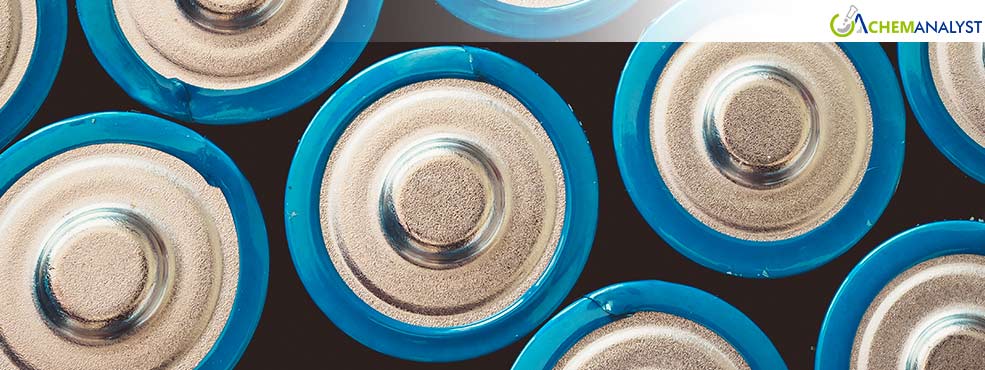Welcome To ChemAnalyst

Researchers in the US have unveiled a novel sodium-ion battery technology boasting impressive power density and longevity. The innovation hinges on uniquely shaped carbon materials – tiny cones and discs with a pure graphitic structure – that efficiently store sodium ions, a far more abundant and cost-effective element compared to lithium. This breakthrough, led by experts at Rice University, holds the potential to reshape the electric vehicle (EV) world and beyond.
For years, the scientific community has recognized sodium and potassium as promising alternatives to lithium ion battery technology. However, the challenge lay in identifying carbon-based anode materials capable of effectively accommodating these larger ions. Traditional lithium-ion batteries rely on graphite as their anode material, a structure that proves inadequate for the bulkier sodium and potassium ions, which struggle to insert and extract between graphite's tightly packed layers.
The research team overcame this hurdle by ingeniously manipulating the shape of carbon at the microscopic level. Their synthesized cone and disc structures exhibit a curvature and spacing that naturally welcomes sodium and potassium ions. Crucially, this efficient storage mechanism doesn't necessitate chemical doping or other artificial modifications, simplifying the manufacturing process and potentially lowering production costs.
In rigorous laboratory tests, the carbon cone and disc anodes demonstrated an impressive storage capacity of approximately 230 milliamp-hours per gram (mAh/g) when used with sodium ions. Furthermore, the battery exhibited remarkable durability, retaining 151 mAh/g even after undergoing 2,000 rapid charging cycles. While the technology also showed promise with potassium ions, the performance was notably stronger with sodium.
The implications of this research are far-reaching. The development of high-performance sodium-ion batteries paves the way for more affordable EVs, as sodium resources are significantly more abundant and geographically diverse than lithium, mitigating concerns about supply chain vulnerabilities and escalating costs.
“We were surprised to see just how well these pure, curved graphitic structures performed,” commented Atin Pramanik, the first author of the study and a postdoctoral associate in Professor Pulickel Ajayan’s lab. “Even without heteroatoms, they allowed for reversible intercalation of sodium ions and did so with minimal structural stress.”
Professor Ajayan, the corresponding author and a leading figure in the research, emphasized the paradigm shift this discovery represents. “We believe this discovery opens up a new design space for battery anodes. Instead of changing the chemistry, we’re changing the shape, and that’s proving to be just as interesting.”
Moreover, the researchers highlighted the sustainable aspect of their carbon synthesis method. The cone and disc carbon can be produced from byproducts of the oil and gas industry, offering a potentially greener route for battery anode production and contributing to a circular economy.
We use cookies to deliver the best possible experience on our website. To learn more, visit our Privacy Policy. By continuing to use this site or by closing this box, you consent to our use of cookies. More info.
